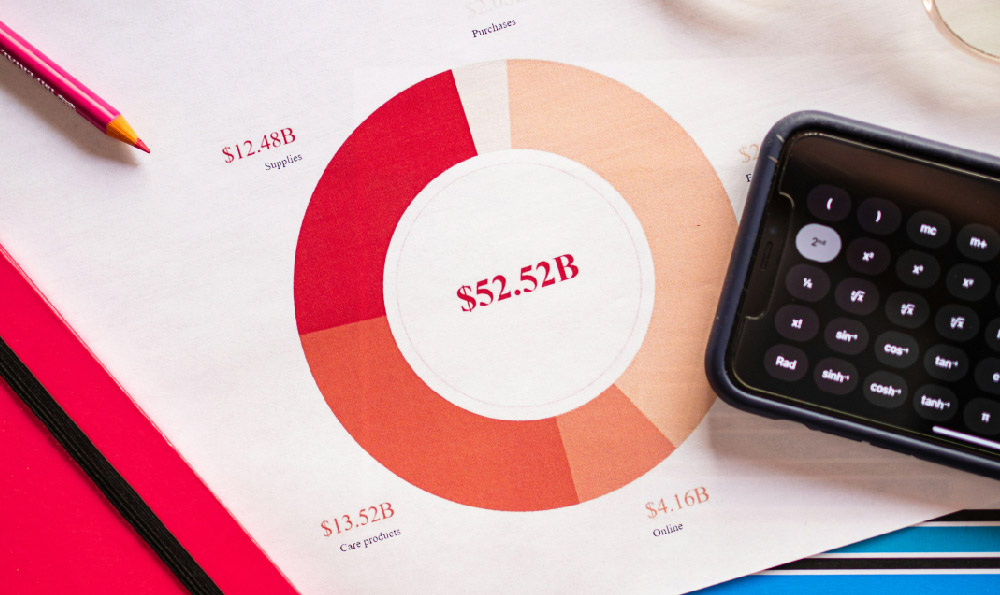Navigating the Roth IRA: Finding Your Ideal Contribution Sweet Spot
The Roth IRA (Individual Retirement Account) is a powerful tool for building tax-advantaged wealth for retirement. Unlike traditional IRAs, contributions to a Roth IRA are made with after-tax dollars, but qualified withdrawals in retirement are completely tax-free. This unique feature makes it particularly attractive for individuals who anticipate being in a higher tax bracket during retirement than they are currently. However, understanding how much to contribute to a Roth IRA is crucial to maximizing its benefits. Simply contributing the maximum allowed isn't always the best strategy for everyone. Let's delve into factors influencing your ideal Roth IRA contribution.
Understanding Contribution Limits and Eligibility
Before strategizing, it's essential to know the rules. The IRS sets annual contribution limits for Roth IRAs, which can fluctuate from year to year. For 2023, the contribution limit is $6,500, with an additional $1,000 "catch-up" contribution allowed for those aged 50 or older, bringing their total to $7,500. It’s vital to check the current year’s limits on the IRS website to ensure compliance.
Crucially, your ability to contribute to a Roth IRA is also subject to income limitations. These limits are updated annually, and exceeding them will prevent you from directly contributing to a Roth IRA. For individuals with higher incomes, a "backdoor Roth IRA" conversion might be an option (consult a financial advisor for specific guidance), but this involves contributing to a non-deductible traditional IRA and then converting it to a Roth IRA.

Assessing Your Current Financial Situation
The ideal Roth IRA contribution amount is deeply personal and dependent on your individual circumstances. Consider these factors:
-
Income and Expenses: Analyze your current income and expenses. How much discretionary income do you have available after covering essential needs like housing, food, transportation, and debt payments? Don't stretch yourself too thin. Prioritize a healthy emergency fund (typically 3-6 months of living expenses) before aggressively funding retirement accounts.
-
Debt Obligations: High-interest debt, like credit card debt, can significantly impede your financial progress. Paying down this debt should often take precedence over maxing out your Roth IRA. The interest savings can free up more funds for future retirement contributions. However, contributing at least enough to qualify for any employer matching contributions to a 401(k) or other retirement plan should still be a priority, even while tackling debt.
-
Other Retirement Accounts: Do you have access to a 401(k) or other employer-sponsored retirement plan? If so, consider contributing enough to receive the full employer match, as this is essentially free money. Then, evaluate whether to max out your Roth IRA, continue contributing to your 401(k), or a combination of both. The choice often depends on factors like investment options, fees, and your belief about future tax rates.
-
Time Horizon: How far are you from retirement? A longer time horizon allows for more aggressive investment strategies and the potential for greater growth through compounding. Younger investors may be more comfortable allocating a larger percentage of their income to their Roth IRA.
Determining Your Retirement Savings Goals
Your contribution amount should align with your retirement savings goals. Consider these questions:
-
Desired Retirement Lifestyle: What kind of lifestyle do you envision in retirement? Travel, hobbies, healthcare, and other expenses should be factored into your calculations.
-
Estimated Retirement Expenses: Estimate your annual retirement expenses. Online retirement calculators can be helpful in projecting future needs. Remember to account for inflation.
-
Sources of Retirement Income: Will you rely solely on your retirement savings, or will you also have income from Social Security, pensions, or other sources?
Once you have a rough estimate of your retirement needs, you can work backward to determine how much you need to save each year. There are various rules of thumb (e.g., saving 15% of your income for retirement), but personalized financial planning is always best.
The Benefits of Consistent Contributions (Even Small Ones)
Even if you can't max out your Roth IRA, contributing consistently, even small amounts, can make a significant difference over time. The power of compounding allows your investments to grow exponentially. For example, contributing just $100 per month consistently for 30 years can result in a substantial nest egg, especially if the investments perform well. Dollar-cost averaging, the strategy of investing a fixed amount regularly regardless of market fluctuations, can also help to smooth out returns and reduce risk.
Considering Investment Allocation
The assets you hold within your Roth IRA are just as important as the contribution amount. A diversified portfolio that aligns with your risk tolerance and time horizon is essential. Consider factors like:
-
Age: Younger investors with longer time horizons can typically tolerate more risk and may allocate a larger portion of their portfolio to stocks. Older investors nearing retirement may prefer a more conservative allocation with a higher percentage of bonds.
-
Risk Tolerance: How comfortable are you with market fluctuations? If you are easily unnerved by market downturns, a more conservative allocation may be appropriate.
-
Investment Goals: Are you aiming for aggressive growth or more modest returns?
Common Roth IRA investment options include stocks, bonds, mutual funds, ETFs (Exchange-Traded Funds), and real estate (through REITs). Consider consulting with a financial advisor to determine the optimal asset allocation for your specific circumstances.
Regularly Reviewing and Adjusting Your Strategy
Your ideal Roth IRA contribution amount is not a static number. As your income, expenses, and financial goals change, you should regularly review and adjust your strategy. Life events like marriage, divorce, the birth of a child, or a job change can significantly impact your financial situation. Revisit your Roth IRA contributions at least annually to ensure they still align with your overall financial plan.
Avoiding Common Roth IRA Mistakes
-
Over-Contributing: Contributing more than the allowable limit can result in penalties. Be sure to track your contributions and stay within the IRS guidelines.
-
Withdrawals Before Age 59 1/2 (Generally): While Roth IRA contributions can be withdrawn tax-free and penalty-free at any time, withdrawing earnings before age 59 1/2 (with some exceptions) can result in taxes and penalties.
-
Failing to Diversify: Putting all your eggs in one basket (i.e., investing in a single stock) can be risky. Diversify your investments to reduce your overall risk exposure.
-
Ignoring Fees: High investment fees can eat into your returns over time. Pay attention to the fees associated with your chosen investment options.
In conclusion, determining your ideal Roth IRA contribution requires careful consideration of your individual financial situation, retirement savings goals, and risk tolerance. By understanding the rules, assessing your needs, and regularly reviewing your strategy, you can leverage the power of the Roth IRA to build a secure and tax-advantaged retirement. Seeking professional financial advice can further refine your strategy and ensure you are on track to achieve your financial goals.












